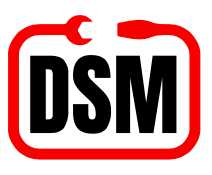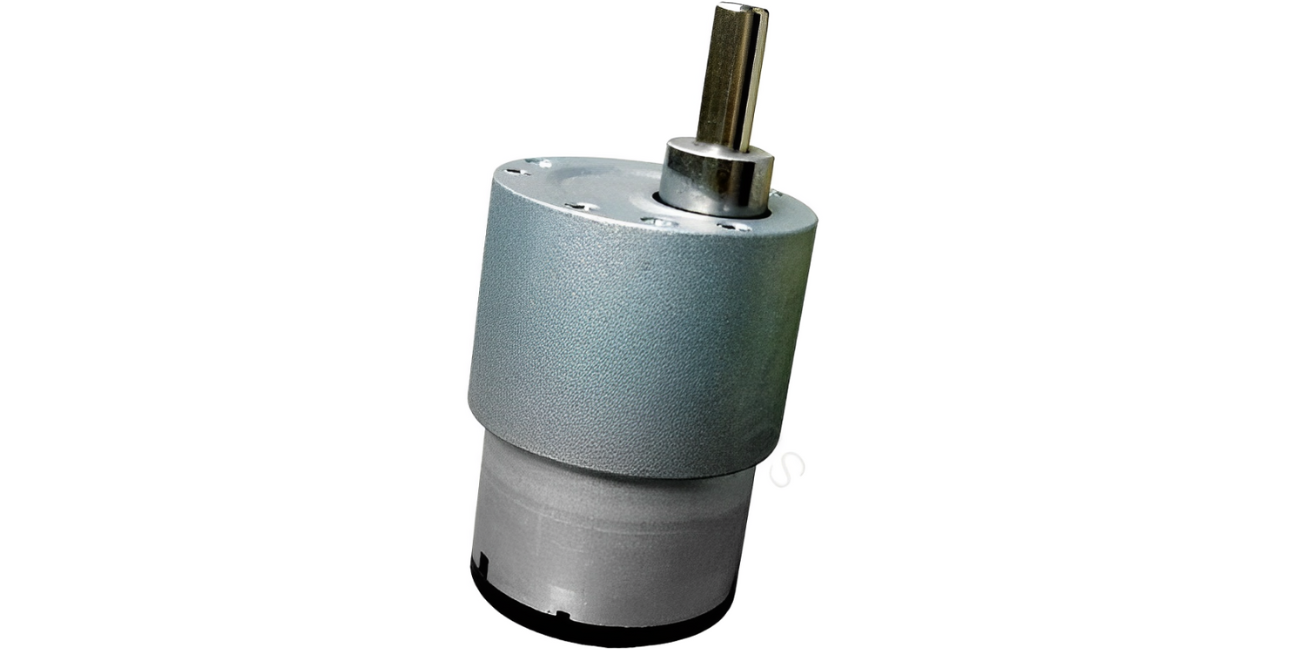Introduction
Metal Gear Side Shaft Motors operating at 300 RPM are specialized power transmission units designed for applications requiring high torque and low speed. These motors incorporate a robust metal gear system within a compact housing, providing a reliable and efficient solution for various industrial and commercial needs.
Understanding Metal Gear Side Shaft Motors
- Core Components: These motors typically consist of an electric motor (AC or DC) coupled with a side-mounted gearbox. The gearbox houses a series of gears that reduce the motor's high-speed output to a slower, more powerful rotation.
- Side Shaft Configuration: The key feature is the output shaft, which is located on the side of the gearbox, providing flexibility in installation and alignment.
- 300 RPM Output: The 300 RPM output speed is ideal for applications where high torque is essential, such as:
- Conveyor systems
- Agitators and mixers
- Material handling equipment
- Packaging machinery
- Food processing machinery
- Textile machinery
Advantages of Metal Gear Side Shaft Motors 300 RPM
- High Torque Output: The gear reduction significantly increases torque, allowing the motor to handle heavy loads with ease.
- Compact Design: Despite the powerful gear system, these motors maintain a compact footprint, making them suitable for space-constrained applications.
- Versatility: The side shaft configuration offers greater flexibility in installation and alignment compared to traditional in-line gearboxes.
- Reliability: Metal gears are known for their durability and resistance to wear and tear, ensuring long-term performance.
- Efficiency: Modern gear designs minimize power losses, leading to improved energy efficiency.
- Low Maintenance: These motors generally require minimal maintenance, reducing downtime and operating costs.
Selecting the Right Metal Gear Side Shaft Motor
When choosing a 300 RPM side shaft motor, consider the following factors:
- Torque Requirements: Determine the precise torque needed for your application to ensure the motor can handle the load.
- Mounting Options: Select a motor with mounting options that suit your installation requirements (e.g., foot-mounted, flange-mounted).
- Environmental Considerations: If the motor will be exposed to harsh environments, choose one with appropriate protection (e.g., IP ratings).
- Voltage and Current: Select a motor with compatible voltage and current ratings for your power supply.
- Motor Type (AC/DC): Choose between AC and DC motors based on your power source and application requirements.
Applications of Metal Gear Side Shaft Motors 300 RPM
- Conveyor Systems: Driving conveyor belts for transporting materials in various industries.
- Mixing and Blending: Powering agitators and mixers in food processing, chemical, and pharmaceutical industries.
- Material Handling: Operating hoists, winches, and other equipment for lifting and moving heavy loads.
- Packaging Machinery: Driving conveyors, fillers, sealers, and other equipment in packaging lines.
- Textile Machinery: Powering spinning machines, weaving looms, and other textile processing equipment.
- Agricultural Equipment: Driving feed mixers, manure spreaders, and other farm machinery.
Conclusion
Metal Gear Side Shaft Motors operating at 300 RPM offer a robust and efficient solution for a wide range of industrial and commercial applications. Their high torque output, compact design, and versatility make them an ideal choice for demanding tasks. By carefully considering the factors outlined above, you can select the right motor to meet your specific needs and optimize your system's performance.
Disclaimer: This blog post is for informational purposes only and should not be considered professional engineering advice. Always consult with qualified professionals for specific design and application requirements.

